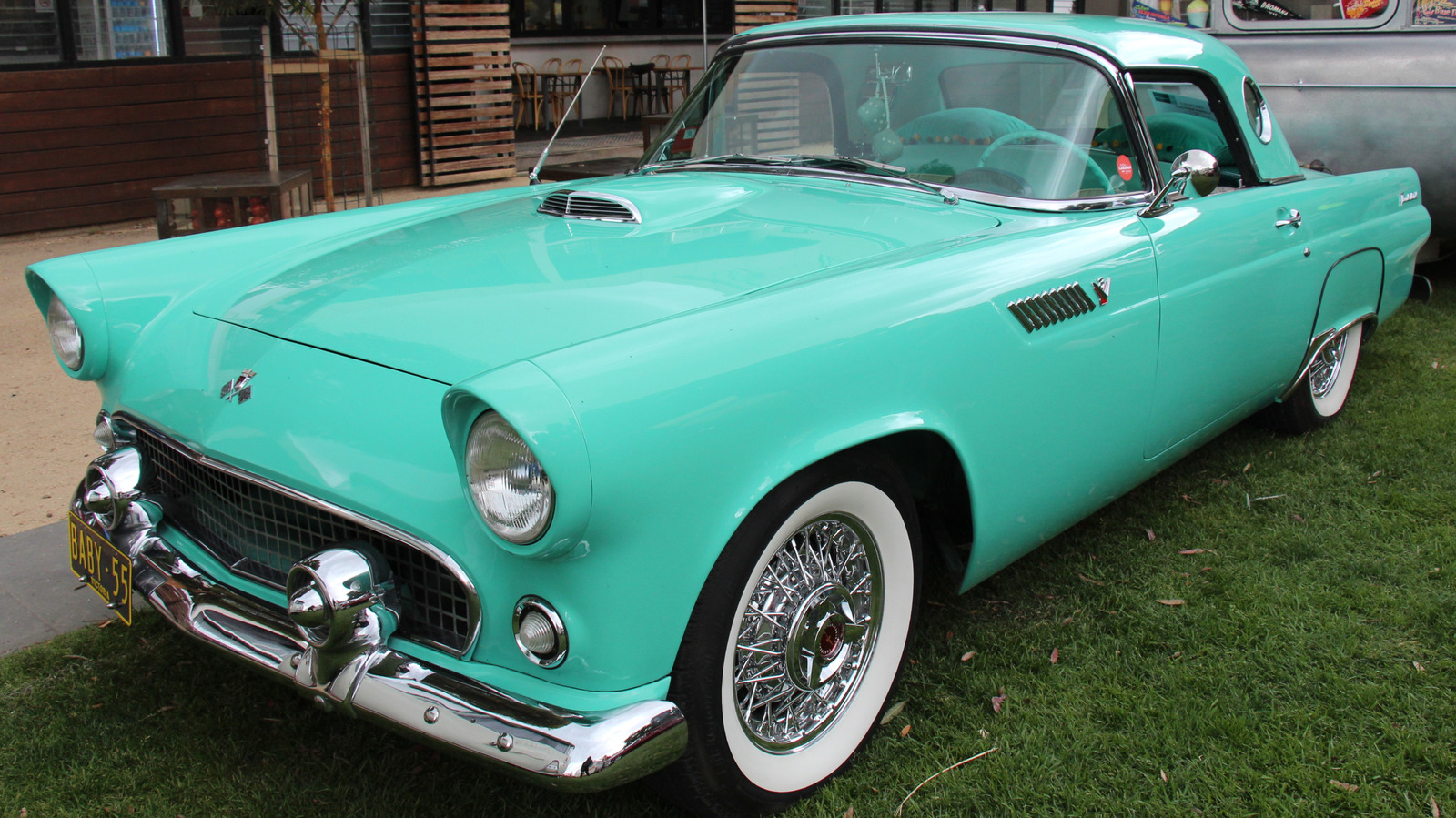What Made Ford’s Y-Block Engine Stand Out From the Crowd?
If you’ve ever popped the hood on a classic Ford from the 1950s, you might have noticed something that looked a little… different. The Y-Block engine, introduced by Ford in 1954, wasn’t just another V8. Its distinctive “Y” shape—thanks to deep skirting on the block—gave it both its nickname and a unique place in automotive history. But what really set it apart wasn’t just the silhouette.
Ford designed the Y-Block as a direct answer to Chevrolet’s small-block V8, which had taken the market by storm. The Y-Block’s deep-skirted block added strength and rigidity, a move Ford hoped would boost reliability and performance. The result? An engine that could handle higher compression ratios and, on paper, seemed ready to take on the competition.
Why Did Ford Bet Big on the Y-Block Design?
Ford was feeling the heat in the early 1950s. Chevy’s small-block V8 was lighter, simpler, and quickly earning a reputation for power and durability. Ford’s flathead V8, while iconic, was showing its age. The Y-Block was Ford’s bold leap forward—a modern, overhead-valve V8 with a fresh approach to oiling and cooling.
One of the Y-Block’s most innovative features was its shaft-mounted rocker arms, which promised better valve control at high RPMs. The engine also featured a unique oiling system, routing oil through the block and heads in a way that was supposed to improve lubrication. In theory, this should have been a winning formula. But as any seasoned mechanic will tell you, theory and practice don’t always line up.
What Were the Real-World Challenges of the Y-Block?
Here’s where things get interesting. While the Y-Block’s deep-skirted design made for a sturdy engine, it also made the block heavier than its rivals. That extra weight didn’t do fuel economy or performance any favors. And the oiling system—designed to be an upgrade—turned out to be a bit of a headache. Over time, sludge could build up in the narrow passages feeding the rocker arms, leading to poor lubrication and, eventually, noisy or even damaged valvetrain components.
Enthusiasts also found the Y-Block’s breathing a little restricted. The intake and exhaust ports were stacked vertically, which limited airflow compared to the more efficient layouts found in Chevy’s small-blocks. The result? The Y-Block struggled to keep up in the horsepower wars of the late 1950s, especially as hot-rodders and racers pushed engines to their limits.
How Did the Y-Block Fare in the Market and on the Track?
Despite its quirks, the Y-Block wasn’t a total flop. It powered everything from the Ford Thunderbird to heavy-duty trucks, and it even saw some success in NASCAR during the mid-1950s. Legendary drivers like Fireball Roberts piloted Y-Block-powered Fords to victory, proving the engine could hold its own—at least for a while.
But as the decade wore on, the competition kept evolving. Chevrolet’s small-block continued to get lighter, more powerful, and easier to modify. Ford responded with the FE series of engines in 1958, which quickly replaced the Y-Block in most applications. By the early 1960s, the Y-Block was all but a memory, relegated to the pages of history and the garages of dedicated collectors.
What Lessons Did Ford—and the Industry—Learn From the Y-Block Era?
Looking back, the Y-Block’s story is a classic case of innovation meeting real-world complexity. Ford’s engineers took a big swing, introducing features that were ahead of their time. But the devil was in the details. The heavy block, tricky oiling, and airflow limitations all conspired to cut the Y-Block’s run short.
Yet, the Y-Block left a legacy. It taught Ford—and the industry at large—that reliability, serviceability, and adaptability often matter just as much as raw engineering ambition. Many of the lessons learned from the Y-Block’s oiling woes and port design found their way into Ford’s later, more successful engines.
Is There Still a Place for the Y-Block in Today’s Classic Car Scene?
Absolutely. While it may not have the cult following of Chevy’s small-block, the Y-Block has its loyal fans. There’s a certain charm to its burbling exhaust note and the nostalgia it brings to car shows and cruise nights. Plus, modern aftermarket parts and improved oiling kits have solved many of the engine’s original headaches, making it a viable choice for vintage Ford restorations.
Collectors and hot-rodders who embrace the Y-Block do so not just for its uniqueness, but for the challenge and satisfaction of keeping a piece of automotive history alive. It’s a testament to the idea that sometimes, the quirkiest engines are the most rewarding to own and tinker with.
The big takeaway? The Y-Block isn’t about perfection—it’s about smarter adjustments. Start with one change this week, and you’ll likely spot the difference by month’s end.


